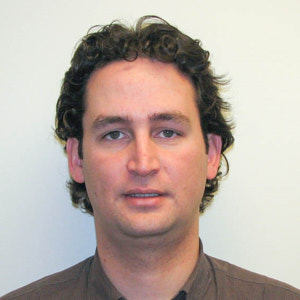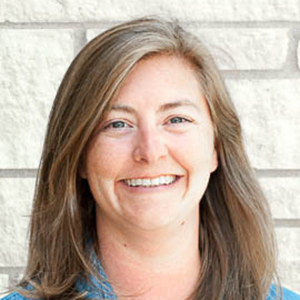

The 2021 Summer Biomechanics, Bioengineering, & Biotransport Conference (SB3C) was held virtually June 14th-18th. SB3C 2021’s theme was “Mechanobiology: Linking Physics, Form, and Function”, and included sessions on biotransport; fluid mechanics; design, dynamics, & rehabilitation; education; solid mechanics; and tissue and cellular engineering.
The UW Department of Radiology was strongly represented at the conference. Assistant Professor Alejandro Roldán-Alzate, PhD spoke at the Biofluid Mechanics Committee Meeting and during the Patient Specific Flow and Physiology I session. Dr. Roldán-Alzate also oversaw multiple poster sessions during the conference.


The Cardiovascular Fluid Dynamics Lab had several oral and poster presentations. Ryan Pewowaruk, PhD; David Rutkowski, PhD, and Dr. Roldán-Alzate presented a paper titled “Assessment of Sex Differences In Ventricular Vascular Coupling of Left Ventricular and Aortic Flow Derived From 4D Flow MRI In Healthy, Young Adults.” Drs. Roldán-Alzate and Pewowaruk were also authors of another research presentation titled “Hemodynamic Simulations To Predict Successful Vs. Unsuccessful Catheter Interventions: Proof-of-Concept and Experimental Validation In Swine.” James Rice, PhD and Dr. Roldán-Alzate presented the poster “In Vitro Validation of A Real-Time 3D MRI Urodynamics Protocol.”


Trainees in the Lab also partook in paper competitions at the conference. Undergraduate students Morgan Parks and Riley Parks entered a student paper competition with their poster titled “Using 4D-Flow MRI To Quantify Left Atrial Flow and Wss To Better Understand Atrial Remodeling and Stretch In Atrial Fibrillation Patients.” In a graduate student paper competition poster session, graduate student Labib Shahid, Dr. Rice, and Lindsay Griffin, MD presented two posters, “Computationally Enhanced 4D Flow MRI For The Assessment of Pre- and Post-Coarctation Repair Aorta Flow Dynamics” and “Patient-Specific, In-Vitro Modeling of Aortic Coarctation Using 4D Flow MRI and Particle Image Velocimetry.”